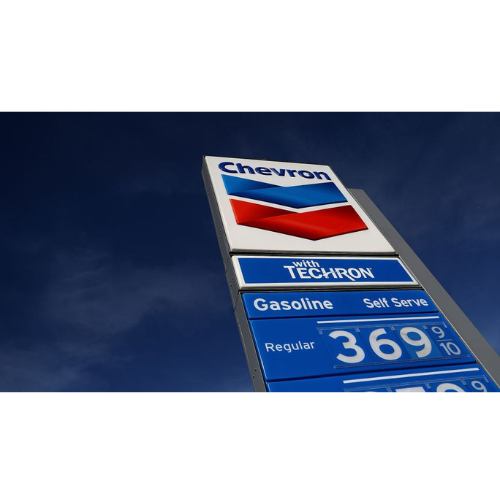Chevron’s High-Stakes Balancing Act Amid Energy Evolution
The American oil and gas giant, long a cornerstone of traditional energy markets, is navigating a complex landscape of rising global demand, volatile commodity prices, and mounting pressure to innovate. Chevron’s performance, strategy, and future outlook reflect the urgency of transformation.
Record Production Meets Profit Pressures
Chevron’s second-quarter 2025 results reveal a company still deeply entrenched in the oil and gas sector, yet facing financial headwinds. The company reported earnings of $2.5 billion, down from $4.4 billion in the same quarter of 2024. Adjusted earnings stood at $3.1 billion, also lower than the previous year’s $4.7 billion.
Despite the earnings dip, Chevron achieved record production levels, particularly in the Permian Basin, where output reached 1 million barrels of oil equivalent per day. This milestone underscores the company’s operational strength and its ability to extract value from core assets even in challenging market conditions.
Cash flow from operations hit $8.6 billion, one of the highest in company history, signaling robust internal efficiency and capital discipline. Chevron also returned $5.5 billion to shareholders, marking its 13th consecutive quarter of distributing over $5 billion—a testament to its commitment to investor returns.
Strategic Expansion Through Hess Acquisition
A major highlight of Chevron’s recent activity is its completed acquisition of Hess Corporation in July 2025. This strategic move adds high-quality assets in Guyana, the U.S. Bakken, and the Gulf of Mexico to Chevron’s portfolio. CEO Mike Wirth emphasized that the acquisition positions Chevron to extend its production and free cash flow growth well into the next decade.
The integration of Hess’s assets is expected to enhance Chevron’s competitive edge, particularly in offshore and unconventional plays. Guyana, in particular, is emerging as a global hotspot for oil exploration, and Chevron’s expanded footprint there could yield significant long-term returns.
Navigating the Energy Transition
While Chevron remains committed to oil and gas, it is not ignoring the global shift toward cleaner energy. In a recent interview with The New York Times, CEO Mike Wirth acknowledged that oil and gas are “here to stay—at least for the foreseeable future,” but also highlighted the company’s investments in emerging technologies like hydrogen.
Chevron’s approach to the energy transition is pragmatic. Rather than abandoning fossil fuels, the company is investing in parallel systems that support lower-carbon solutions. This includes carbon capture initiatives, renewable fuels, and partnerships aimed at scaling hydrogen infrastructure.
However, critics argue that Chevron’s pace of transition is too slow, especially compared to European peers like BP and Shell, which have made more aggressive moves into renewables. Chevron’s strategy reflects a belief that oil and gas will remain essential for decades, particularly in developing economies where energy demand is surging.
Global Demand and Geopolitical Dynamics
Chevron’s outlook is shaped by global energy demand, which remains strong despite climate concerns. The company sees continued growth in oil and gas consumption, driven by industrial activity, transportation needs, and population growth in emerging markets.
Geopolitical factors also play a role. Tensions in the Middle East, supply disruptions in Russia, and shifting trade dynamics all influence oil prices and production strategies. Chevron’s diversified portfolio helps mitigate some of these risks, but the company remains exposed to global volatility.
Foreign currency effects, for example, reduced earnings by $348 million in Q2 2025, highlighting the impact of macroeconomic forces on profitability.
Culture, Leadership, and Long-Term Vision

Chevron’s leadership under Mike Wirth is marked by a blend of operational discipline and cautious innovation. In his interview, Wirth shared personal insights into how values instilled by his father influence his leadership style—emphasizing integrity and long-term thinking.
The company’s culture is built around safety, performance, and accountability. Chevron continues to invest in workforce development, digital transformation, and operational excellence. These efforts are critical as the company seeks to maintain its position in a rapidly evolving industry.
